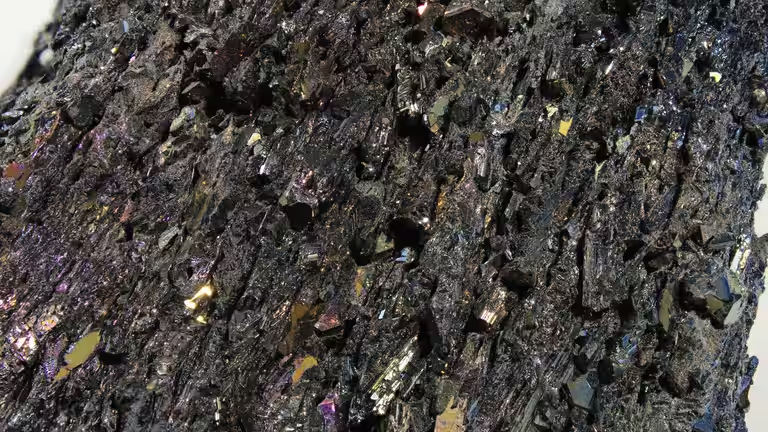Carbide Formation
Steel can have a carbon content between 0.002% and 2.06%. The more carbon there is in the steel, the harder and stronger the material becomes. At certain temperatures and a corresponding carbon saturation, iron carbide (Fe3C) can form in the steel structure.

Iron carbide is also called cementite. This is a combination of iron and carbon that crystallizes out of the melt at certain temperatures. The formation of cementite as well as the different types of microstructure is explained in detail in our article about the iron-carbon diagram.
However, cementite is not the only carbide that is important in steel production. The alloying elements chromium, vanadium, tungsten and molybdenum are strong carbide formers and increase the hardness and wear resistance of the steel. Silicon, on the other hand, promotes graphite precipitation and thus reduces the formation of carbides.